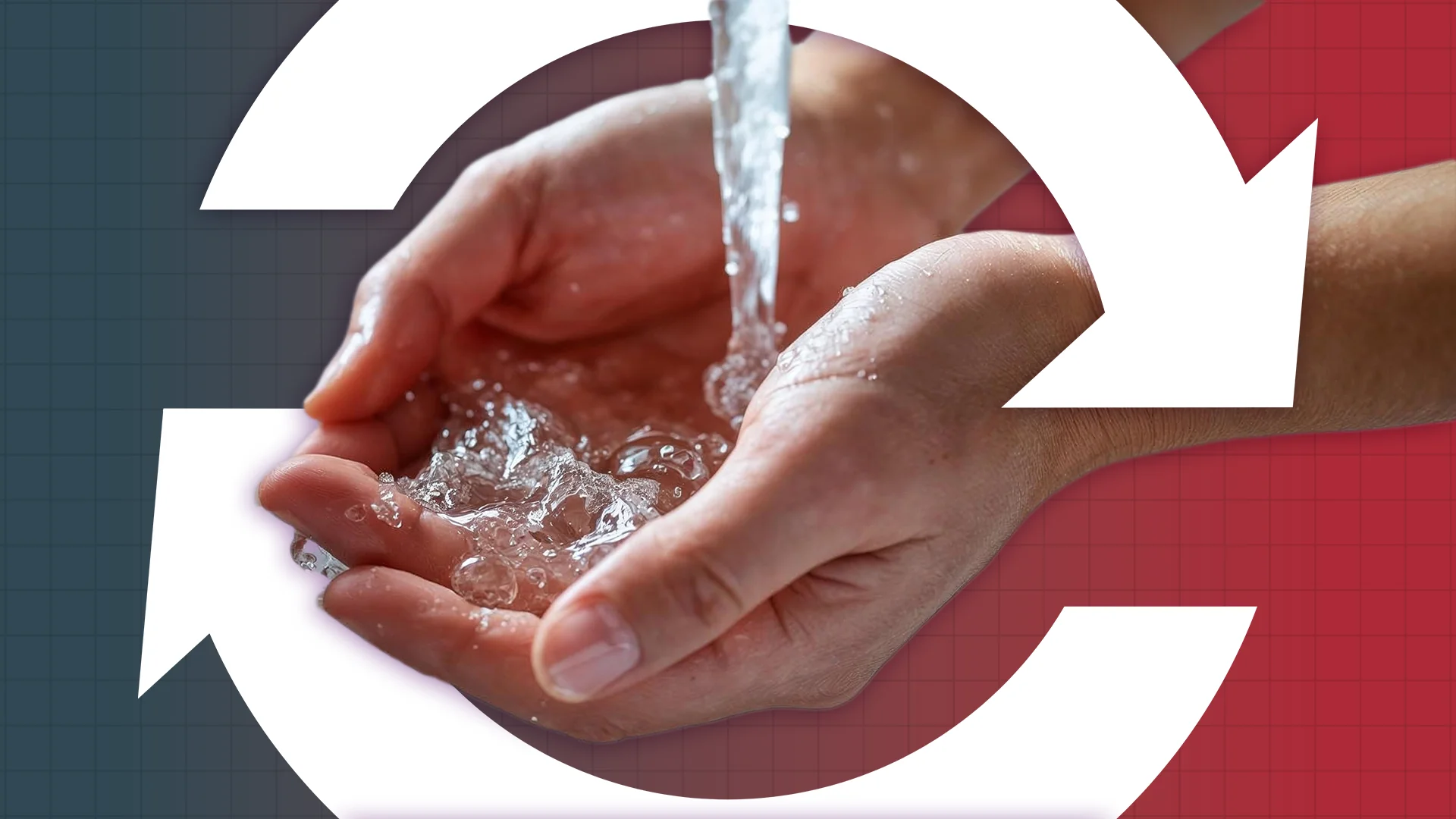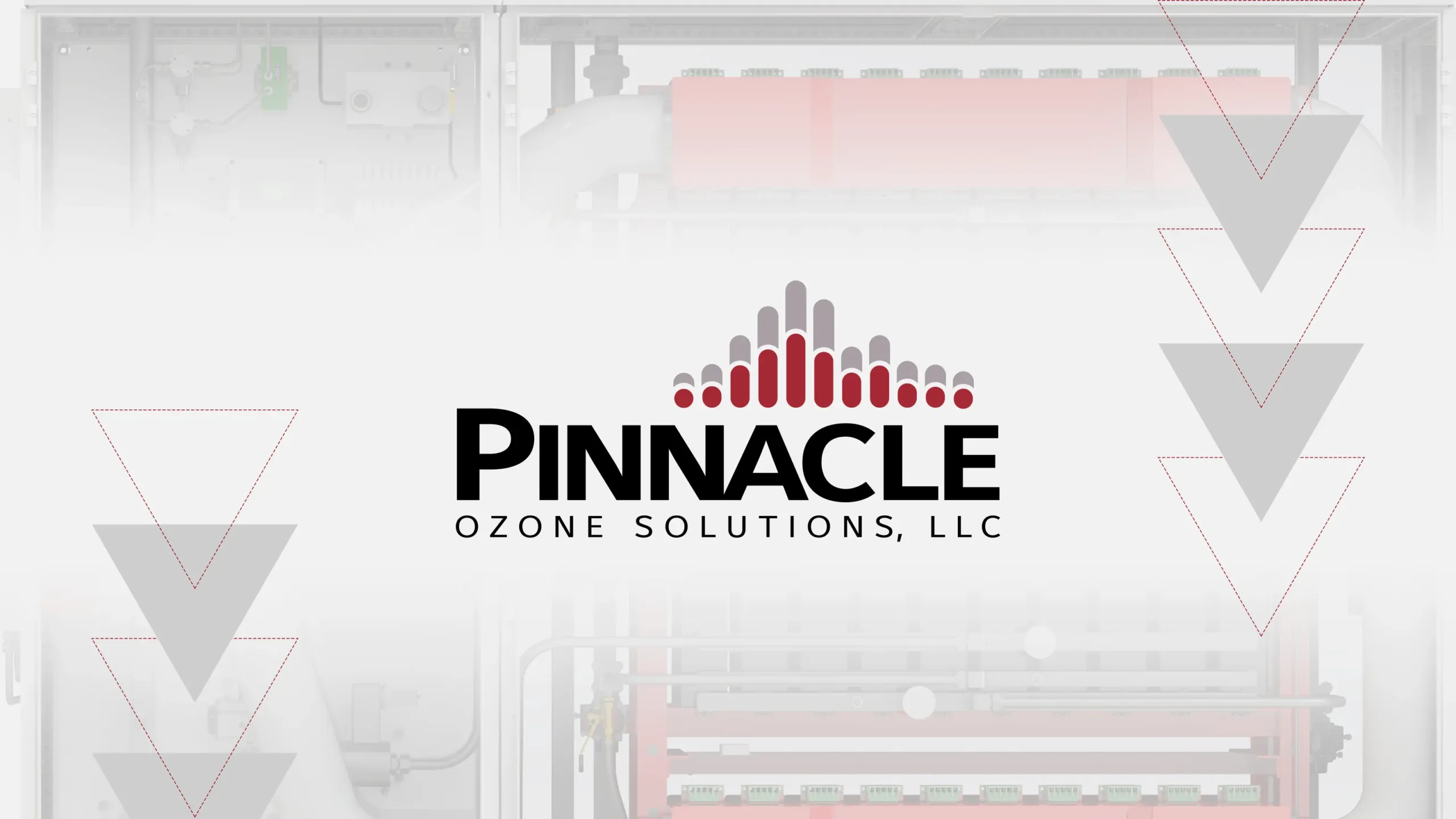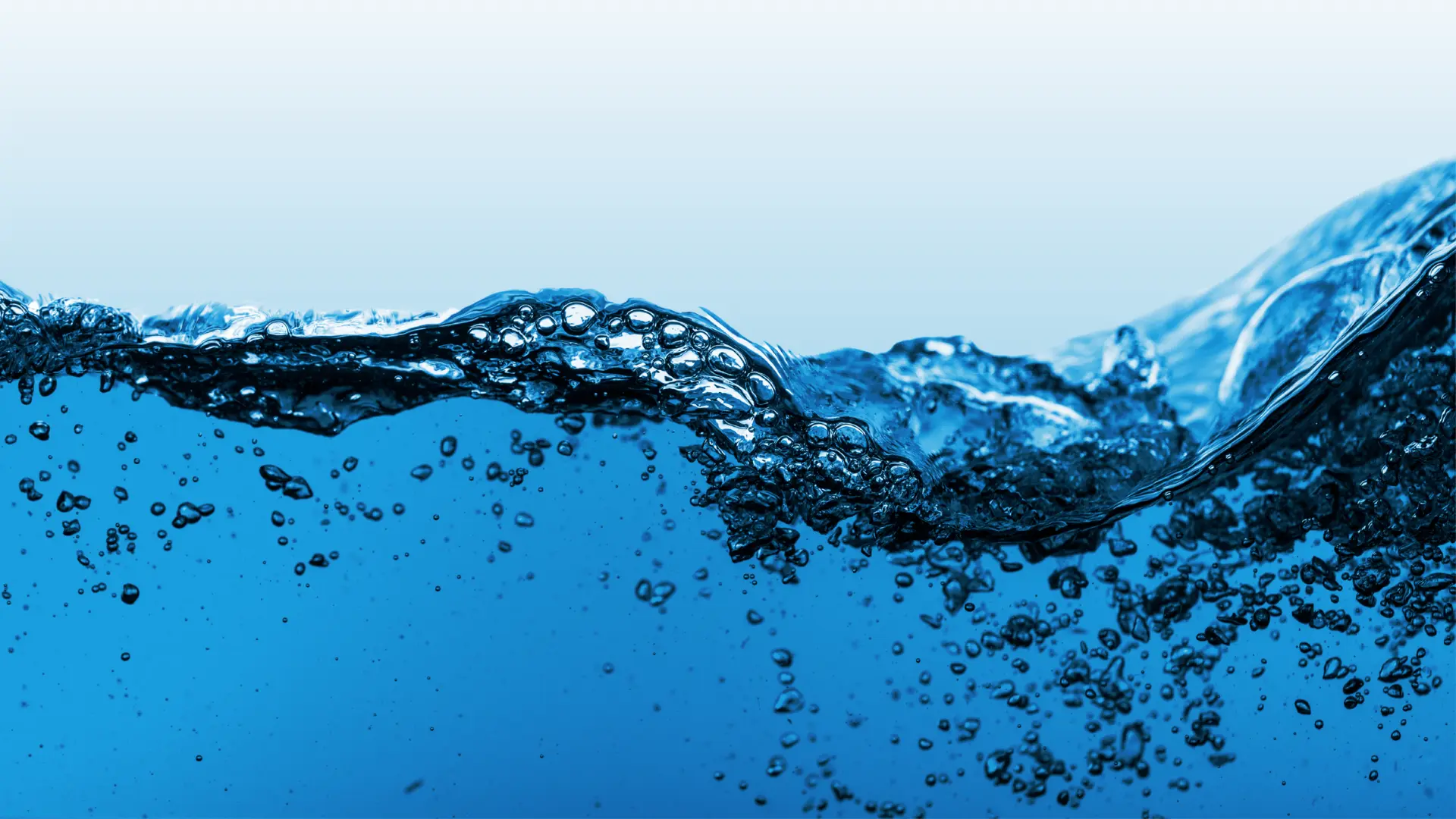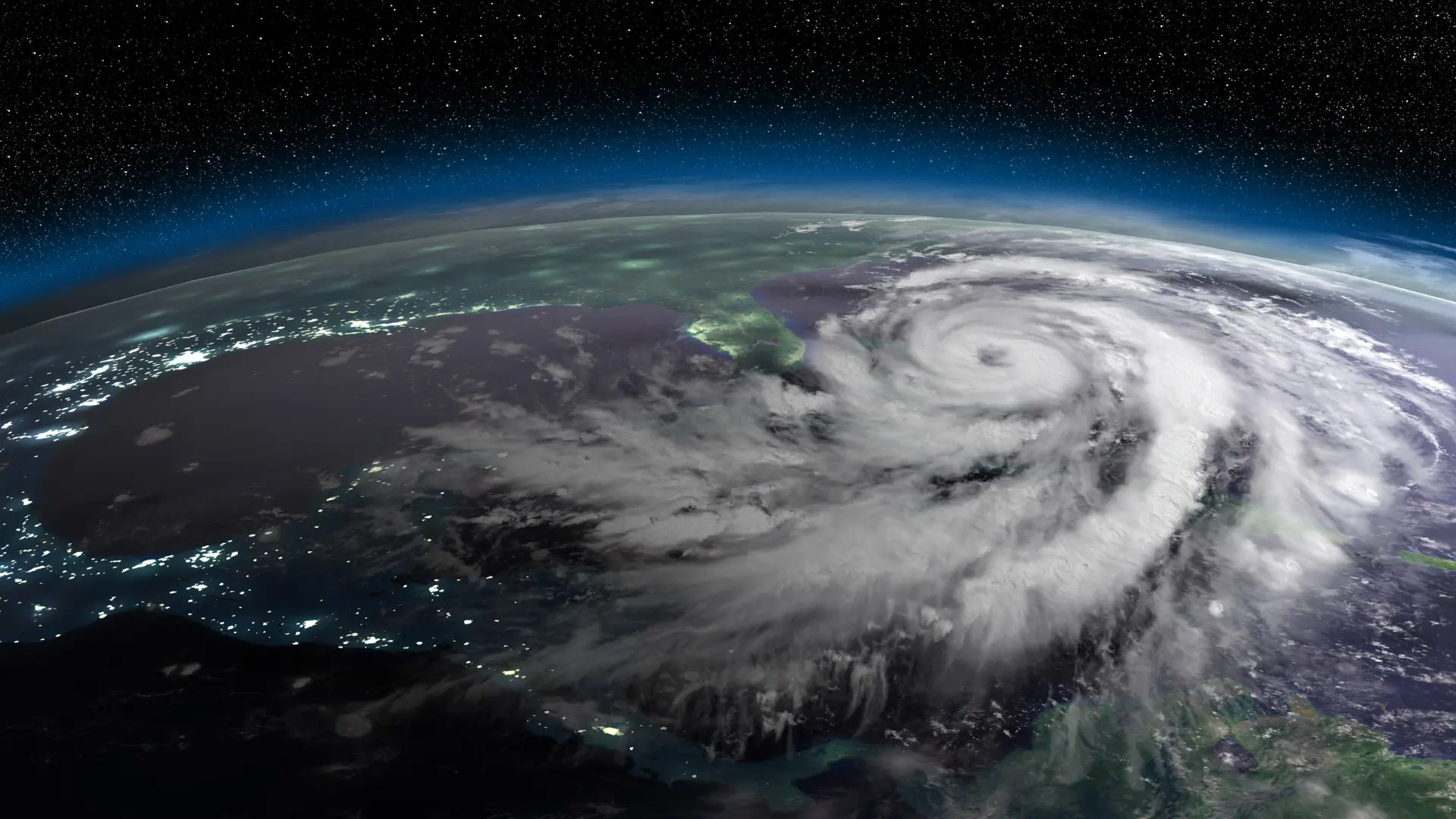As California begins its new water year, officials are warning of extreme climate swings ahead, floods, droughts, wildfires, and unpredictable runoff events that can disrupt municipal and industrial water treatment.
The trend is clear: utilities across the U.S. are no longer treating steady, predictable water sources. Instead, they face rapid changes in:
- Turbidity
- Dissolved organic carbon (DOC)
- Color and taste/odor compounds
- Temperature and pH
- Contaminant profiles (e.g., post-fire metals, storm-event ammonia)
In this new reality, oxidation systems must be built to flex. At Pinnacle Ozone Solutions, we design ozone-based systems that are not only high performing, but also resilient and responsive to the extreme variability that defines modern source water.
The New Norm: Hydrologic Instability
Recent data shows:
- Wildfires increase TOC, DOC, and metals like Mn, Fe, and As
- Storm surges bring high turbidity and color loads
- Droughts concentrate organics and nutrients
- Temperature swings affect ozone solubility and reaction kinetics
For utilities using fixed-chemistry oxidation (e.g., chlorine or KMnO4), these changes can result in:
- Underdosing or overdosing
- Formation of disinfection by-products (DBPs)
- Short filter runs or breakthrough
- Inconsistent CT compliance
Why Ozone Handles Variability Better
Ozone’s reactivity with a wide range of contaminants, coupled with precise dosing control, makes it ideal for unstable water chemistry:
Turbidity & Particulate Organics
Ozone improves floc structure and oxidizes suspended organic matter, reducing filter loading even after storm events.
TOC & Color Spikes
Ozone breaks down humic and fulvic acids into smaller, more biodegradable fragments or fully mineralizes them.
- Better protection for GAC or BAC
- Reduces DBP precursor load
Taste & Odor Compounds
Geosmin and MIB, common after algal blooms or runoff, are highly ozone-reactive and are rapidly oxidized.
Iron, Manganese, and Sulfide
Wildfires and flood runoff often introduce elevated Fe, Mn, and H2S. Ozone rapidly oxidizes these:
- Fe2+ + O3 → Fe(OH)3 ↓
- Mn2+ + O3 → MnO2 ↓
- H2S + O3 → S0 or SO42-
These reactions are pH dependent, but remain effective across a wide range (6.5–8.5), with faster kinetics than chlorine.
Pinnacle Design Strategies for Variability
We engineer ozone systems for real-time adaptability, including:
| Feature | Benefit |
| ORP & ozone residual control | Adjusts dose based on water demand |
| Pressurized mass transfer | Stable efficiency even under high turbidity or low temp |
| Modular QuadBlock® generators | Scalable output for seasonal flow and load variation |
| Fast-start protocols | Supports intermittent or event-driven operation |
| Remote monitoring + SCADA | Real-time adjustment during storms or emergencies |
We also model ozone demand based on UVT, TOC, DOC, temperature, and ORP setpoints to ensure systems stay in spec regardless of climate-driven changes.
Use Case: Post-Wildfire Surface Water Treatment
A western utility treating surface water from a fire-impacted watershed saw:
- DOC increase by 60%
- UVT drop from 85% to 65%
- Manganese spike from 20 ppb to 200+ ppb
- Significant increase in taste/odor complaints
With ozone pretreatment:
- Manganese removed down to <25 ppb · UVT improved to >75%, protecting downstream UV
- Geosmin and MIB eliminated, improving customer confidence
- Reduced chlorine demand by 40%
- No GAC breakthrough despite load spike
Conclusion
Extreme climate swings aren’t coming, they’re here. As utilities brace for more volatile hydrology, resilient oxidation systems are no longer optional.
Ozone delivers:
- Broad-spectrum oxidation capacity
- Fast kinetics under unstable pH/temp
- Real-time dose control
- Modular scale-up for storm or fire season
At Pinnacle Ozone Solutions, we design systems that aren’t just powerful, they’re prepared.
Because in the age of instability, treatment resilience is treatment performance.
Technical References
- Westerhoff, P. et al. (2015). Post-Fire Water Treatment Challenges. Water Research Foundation
- von Gunten, U. (2003). Ozonation Kinetics and By-Product Formation. Water Research
- AWWA (2021). Utility Preparedness and Source Water Risk Reports
- Pinnacle Ozone Solutions: System Design Logs & Fire Response Data (2021–2024)









